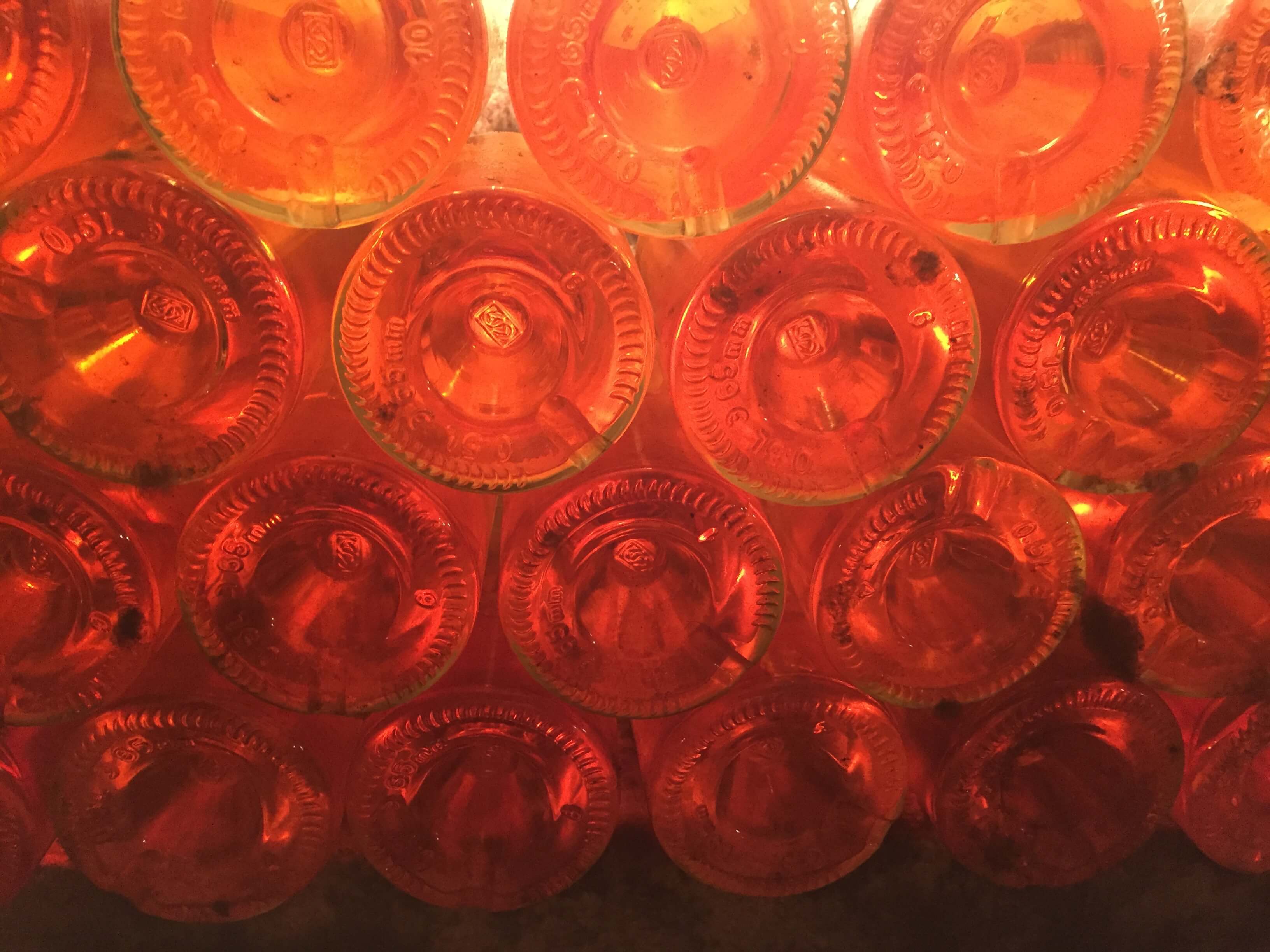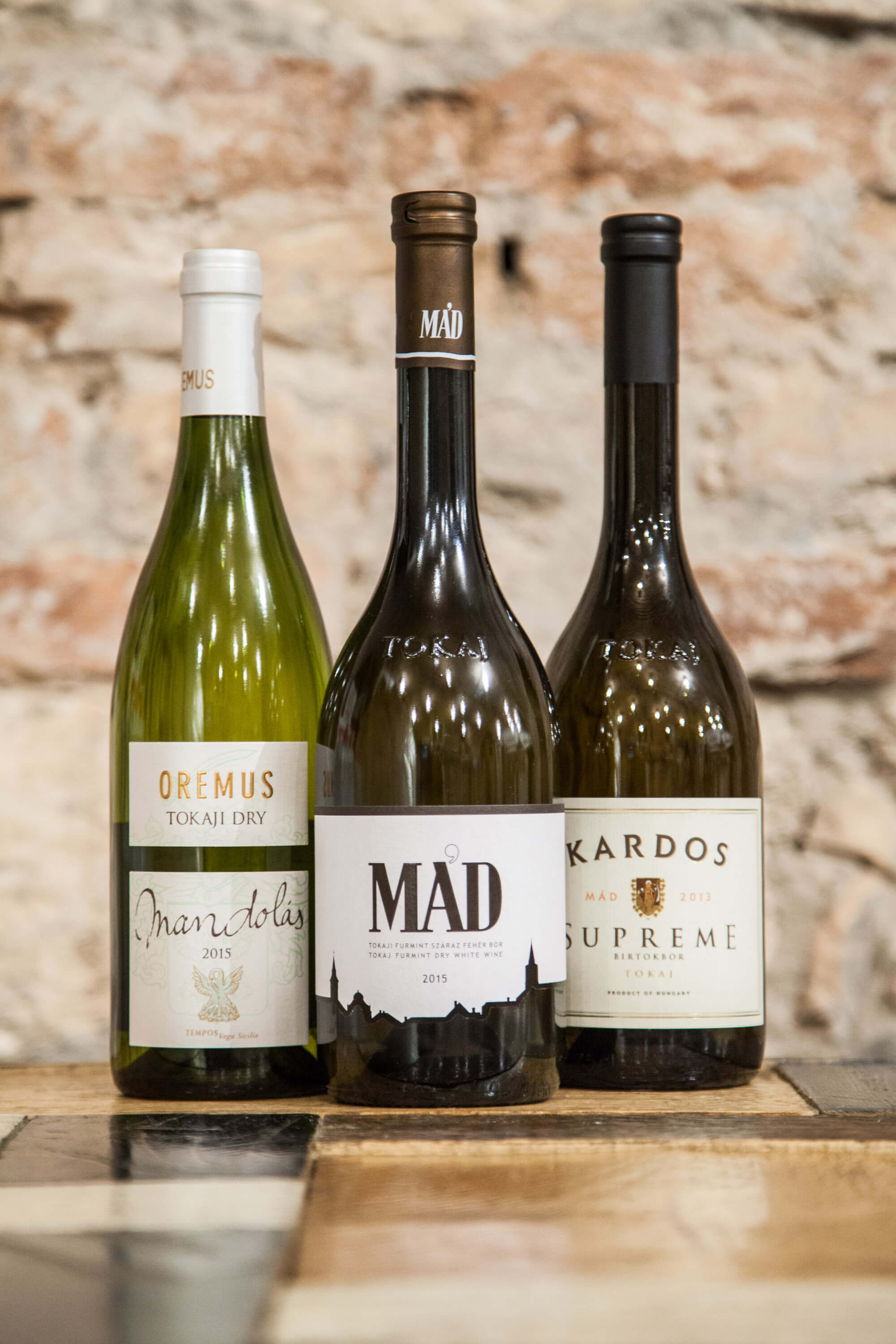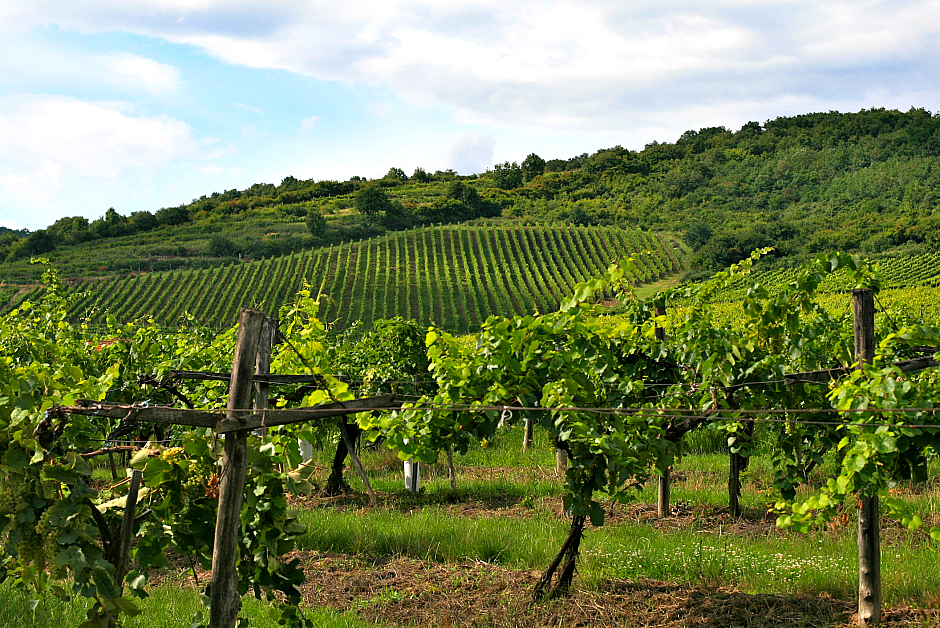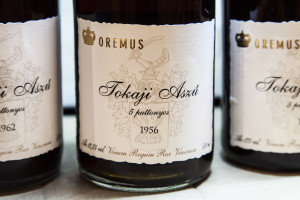
Furmint Forever
6 minutes read
If it was up to me, I’d make furmint the most widely planted white grape in Hungary. It’s already the signature grape in Tokaj and Somló (along with juhfark and olaszrizling in Somló). Sporadically (but increasingly) you can find some great furmints in Northern Balaton and Eger. I’m hoping to see much more of that all over the country because this grape—if done right—could be Hungary’s flagship wine. There’s no other grape that can make such complex sweet wines, consistently delicious easy-drinking dry wines, and full-bodied single vineyard terroir-driven wines.

You might also know furmint by another name. It’s grown in many other Central and Eastern European countries—notably northern Slovenia, northern Croatia, Slovakia, and Romania—and has names like mosler moslavac, pošip, and šipon. It’s also grown in small quantities in a number of countries from Germany to the USA and South Africa to the Ukraine. In Austria’s Burgenland region, furmint is particularly important in the town of Rust, where both dry and sweet wines are made from it, including the local specialty, the famous Ausbruch sweet wine. Furmint’s success as a sweet wine grape explains its centuries long success story, as well as how it has become successful in its new life as a dry wine varietal. Furmint is a late-ripening grape resulting in wines with relatively strong tannins, high acidity, and a high alcohol level. These characteristics make it an incredibly versatile grape.

Since the 16th century furmint has been the dominant grape in Tokaj, and the essential ingredient in Tokaji aszú. It’s acidity, tannins, and the fact that it’s prone to botrytis (the noble rot) make it the perfect sweet wine grape. Furmint results in perfectly balanced aszús with long ageing potential. The botrytis gives it its characteristic golden color, caramel and dried apricot aromas, and many layers of complexity. However, over the past 15 years or so dry, single varietal furmints have become a big thing.
When I say that furmint is incredibly versatile, I don’t just mean that you can make sweet and dry wine from it. You can actually make many different kinds of sweet wine—aszú, szamorodni, ausbrusch, auslese, trockenberen auslese, late-harvest—from it. The same qualities that make it an excellent sweet wine grape are also important when it comes to making dry furmints, and it can result in a number of delicious styles of dry wines that can appeal to a wide range of palates (and wallets). Its high acidity can be a challenge, but this adds crispness and a good ageing potential.

When it comes to dry furmint styles, there are three major categories.
- Dry furmint fermented and aged in stainless steel
These are usually crisp, with a greenish, light hay color. It is a challenge to tame furmint’s acidity (sometimes it’s blended with lower acidity grapes). Not everybody likes the result of steel tank furmints—you need to love acidity to enjoy them. I personally love them and see them as fresh grape juice with alcohol! These wines are not always the most complex, but are addictively refreshing with grapefruit and green apple aromas and flavors. They make a perfect aperitif, and can be served with seafood, pasta, salads, and cheese, among many other things. They are the perfect party and patio wine. Can we make a lot of it? Yes! Can we make it a good value? Yes! So let’s do it!

- Dry, barrel aged furmint, new school
These are a very different category of wine from the simple steel-tank versions I previously mentioned. The barrel ageing (especially when there is some battonage involved) can really tame the acidity, and add body, creaminess, and roundness to the wine. It also adds tons of flavors. These are modern, sophisticated wines. My favorite ones have beautiful pear, peach, and mango aromas (with hints of vanilla in the background) mingling with a variety of citrus flavors. These wines can be aged for a decade or two, and deserve to be served with a nice meal. Pork chops, wild boar stew, and roast duck are some of my favorite food pairings for these types of wine.
The most respected furmints in this category are single vineyard wines which really show the characteristics of single plots. In Tokaj, it’s important to understand that there are so many different terroirs, and there are great differences between these single vineyard wines. Since furmint does not have strong aromas or flavors, it’s an excellent grape for making terrior-focused wines.

- Dry, barrel aged furmint, old school
This is what my dad used to drink back in the days when there was not much to choose from. This is what many Tokaj locals make at home for everyday drinking. It’s not always well-balanced, sometimes it’s over oxidated, and it can even have a good amount of botrytis. But it’s a wine you’ll remember. At its best, it can be an incredible wine with orange, dried apricot, and caramel aromas, and with the nose and color of a dessert wine, while it is actually a very dry one. Some of these over-oxidated furmints are reminiscent of dry szamorodni, Jura, or sherry.

Since a bottle of dry furmint (from Somló, Tokaj, and occasionally Rust furmint) was always present on my parents’ table, I have fond memories of it going way back. Furmint is versatile not only for vinification, but also when it comes to food. It was my dad’s favorite wine, and we drank it with the roasted duck that my mom always served with mashed potatoes and braised red cabbage. My dad’s special touch was drizzling a bit of furmint over the cabbage to add an extra kick. We also drank it with roasted pheasant with croquettes and blueberry sauce. And with roasted beef with mushroom sauce. And when dessert was served, we drank it with apricot and walnut palacsinta, or aranygaluska.
Dry furmint worked with all of these dishes. It was acidic enough to be refreshing with the duck and red cabbage. It was strong enough to go with the game or roast beef. And it was also a pleasant dry match to the dessert. I love furmint of all types—from the sweetest aszús to the crispest steel tank ones, and from the barrel-aged, single vineyard mineral-driven furmints all the way to the old-school oxidized versions. I think there’s a place for all of them in marketing, wine making, and food pairing. Long live this icon of Hungarian wine.
Want to taste a bunch of different styles of furmint? Visit The Tasting Table Budapest (and don’t forget to check out our selection of old and rare Tokaji aszú). Order from our menu, or book one of our daily tastings: Wine, Cheese, & Charcuterie Tasting and Essentials of Hungarian Wine Tasting).










Comments(0)
Leave a comment!